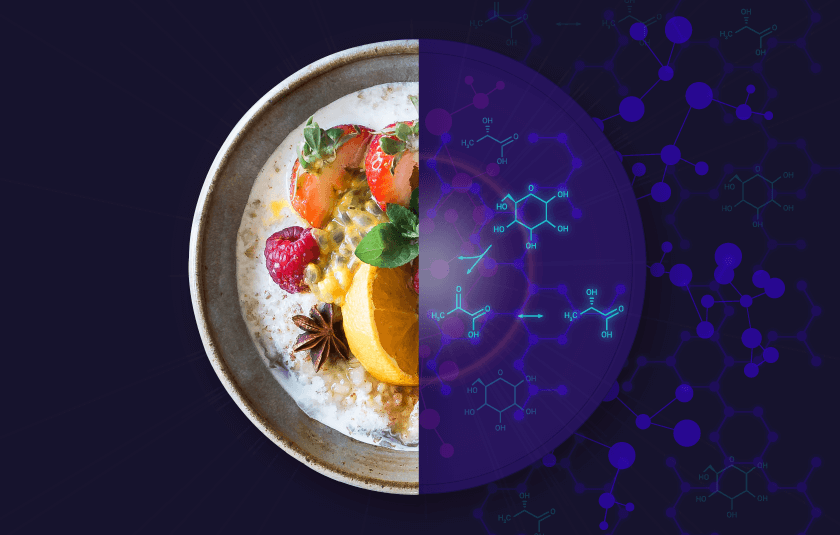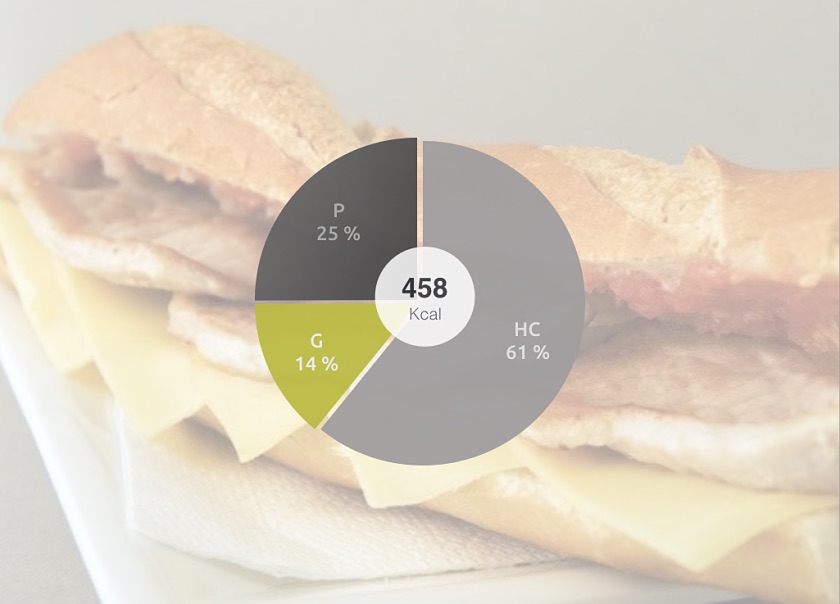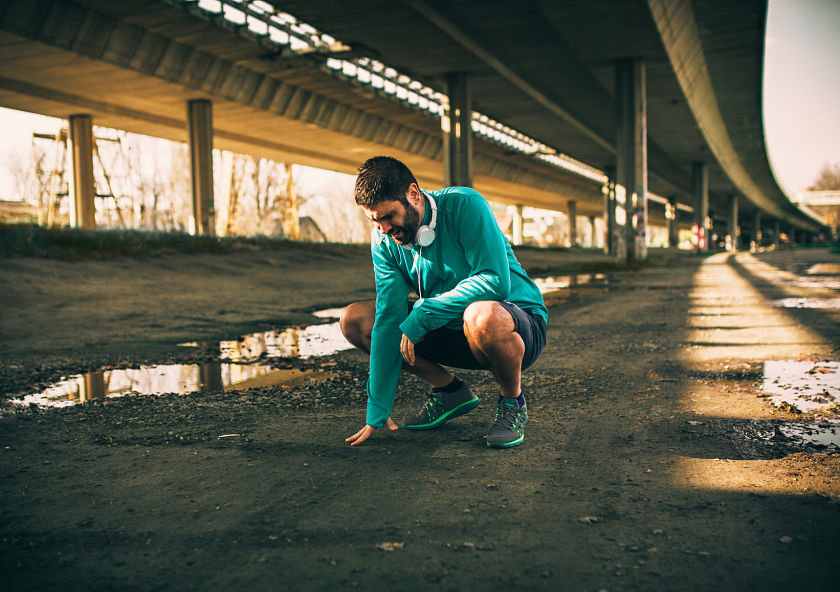Iron (Fe) is an essential mineral in our body for:
- The transport of oxygen by the blood through hemoglobin and myoglobin.
- Energy metabolism: All chemical and biological changes that occur in cells to meet the energy needs of the body.
- The immune system
- The formation of neurotransmitters
- Many etc.
When the body detects that more oxygen is needed (for example, during the next Valencia Half Marathon a hormone called Erythripoietin is activated (it will sound if you are a cyclist, and more if I tell you EPO). The function of this hormone is to order more red blood cells to be made. And to make more red blood cells you need hemoglobin and iron. Therefore, the more oxygen is demanded, the greater the need to make red blood cells and the greater the need for iron to make them.
In high altitude places, where the oxygen concentration in the air is lower, your body needs more oxygen, Erythripoietin is activated and increases hemoglobin levels and red blood cells to improve oxygen supply capacity. It is for this reason that many athletes move to train at higher altitudes, since the greater the amount of red blood cells, the greater the availability of oxygen and, therefore, the greater performance and greater ability to recover lost energy more quickly.
Red blood cells have a short life. They travel from the bone marrow (where iron is stored and born) to the spleen (where they die, rupture, and re-release hemoglobin and iron). In the spleen, most of the iron is recycled and travels back to the bone marrow to start over when needed. Only a small part is lost through sweat and feces.

HOW MUCH IRON DO I HAVE TO TAKE?
Let’s start from the generic. In the analytics, you will see that iron is measured in micrograms per deciliter of blood (uG / dL). It is said that we have low it when blood values are below 55 uG / dL.
The recommended daily intake of iron for the Spanish population is:
- 10mg a day in men between 20 and 59 years old
- 18mg per day in women between 20 and 49 years old
- 15mg a day in adolescent girls
- 11mg a day in adolescent boys
We have to control that there is a balanced contribution so that neither is missing nor over, since it is a metal that in excess is also harmful since it can produce free radicals that alter the structure and function of cells. We will talk about them soon in another post about antioxidants.
Athletes may present low iron levels at specific moments of high intensity training or micro load cycles in their sport planning. Something is also lost through sweat, urine, feces, or small gastrointestinal bleeds caused by stress in long-distance competitions. But where it is most lost is during menstruation.
Not always a drop in iron in the blood is anemia. Anemia is a situation in which the body does not have enough red blood cells. When the decrease in red blood cells is due to a lack of iron, we are talking about iron deficiency anemia. But the number of red blood cells can also fall for other reasons such as lack of vitamin B12 or B9 (folic acid). Another situation that can be confused with anemia is when resistance training produces an expansion of the volume of the blood (let’s say it is diluted). This is known as pseudoanemia of the athlete.
For all this, when you do an analysis, to avoid the erroneous diagnosis of anemia, you must take into account other biomarkers such as:
- Serum iron,
- Ferritin,
- Hemoglobin,
- The percentage of transferrin saturation
- And the mean corpuscular volume
The deficiency of red blood cells often causes fatigue, body tiredness or lack of concentration. But don’t worry too much. Despite the variation in iron that we take in food or the losses that we can have, there is a A hormone that is in the liver and is responsible for regulating the intestinal absorption of iron depending on how the levels are. This hormone is called hepcidin and its job is to block its intestinal absorption when its levels are high, and allow more absorption when its levels are low.
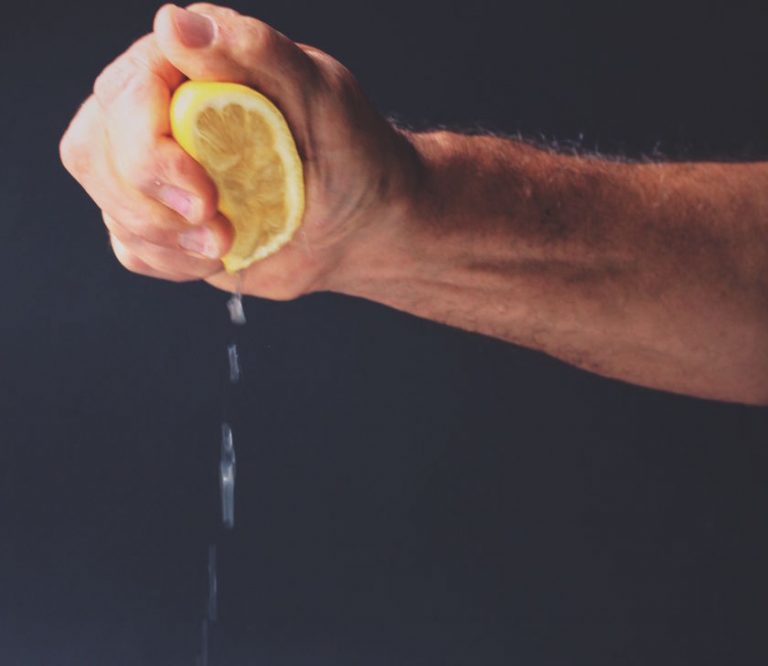
FAVORS THE ABSORPTION OF IRON
To explain which combinations favor and which harm their absorption, it must be clarified that there are two types:
Heme iron: It is that of meat. It comes mainly from hemoglobin and myoglobin from animal meat. It more easily passes through the wall of the intestine without the need for the DMT1 protein.
Non-heme iron: That of plant foods . It needs help to be absorbed by the organism.
Of all the iron that we can take with food, only approximately 10% is absorbed. This percentage (bioavailability of iron) depends on the type of iron (heme or non-heme), the amount of it, the nutritional status of the iron, the special situations that occur in your body such as: increased erythropoiesis due to height, hypoxia. And, also, of the combination with other foods.
To increase the absorption of non-heme iron foods they should be combined with:
- Foods rich in Vitamin C. This type of iron needs help to cross the cells of the intestine (enterocytes). Vitamin C is what transforms ferrous iron into ferric iron (one more available molecule) so that it can cross the membrane of the intestine. Once transformed, it binds to a protein called DMT1 that carries it inside the cell. Once inside, the iron cannot move on its own, and it joins a transporter called transferrin, which will take you to reserve locations or tissues that need iron. This vitamin is found mainly in citrus fruits, but also in some vegetables such as peppers, tomatoes or broccoli. Take note, these two recipes would be good options: Lentil salad with broccoli sprigs and red berries. Chickpea hummus with cumin and squeezed lemon.
- The amino acids lysine, histidine, cysteine and methionine. Amino acids are components of proteins.
- Foods rich in Vitamin A. This vitamin is combined with iron supplements to improve anemia.
- Copper is also necessary for normal iron metabolism and the formation of red blood cells.
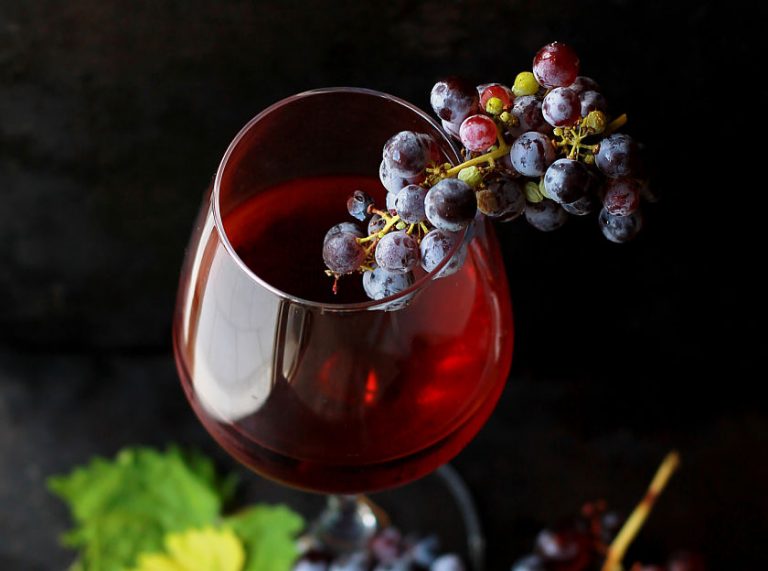
MAKES IRON ABSORPTION HARD
Some substances interfere with the intestinal absorption of iron, so we will try to avoid them being on the same plate as foods with iron.
- Phytates: are found in the skins of cereals, nuts and legumes. Phytates reduce iron absorption by 10 to 50%. However adding 50mg of vitamin C counteracts the phytates in a standard serving. Adding 150mg would increase iron absorption by almost 30%.
- Oxalates: are found in green leafy vegetables such as spinach or chard, and in chocolate.
- Tannins : we can find them in coffee, tea, red wine, grapes, pomegranate, quince or apples.
- Foods rich in calcium. It has been shown that calcium reduces the absorption of heme and non-heme iron. Therefore, it is better to consume foods rich in iron and calcium in separate meals during the day.
CONCLUSION AND RECOMMENDATION
The first recommendation is always to inform yourself and try to understand the whys of your body. It is not diets that will improve your performance, but knowing better how your body works and what it needs at all times. I eat well and varied and do not fall into the traps of misleading advertising: a Bollicao is not the best source of iron even if they put it very large on their label.
Each person is different and your iron needs will depend on your workouts, type of diet, pace of life, metabolism, age, genes, etc. So if you train hard, the most appropriate thing to do is to keep a regular check through analytics, and improve your diet before taking supplements.
In developed countries like ours, with access to all food groups and where we sometimes even consume too much meat, it is rare to think that we have anemia or iron deficiency. But there are. Apparently, the cause could be this: it has been seen that hepcidin (that hormone we talked about before, whose job was to block intestinal iron absorption when you have iron levels are high, and allow you to absorb more when iron levels are this are low) prevents its absorption when there are infectious or inflammatory processes. It is possible that many iron drops are for this reason: intestinal disease, antacid intake, excess toxins, etc.
